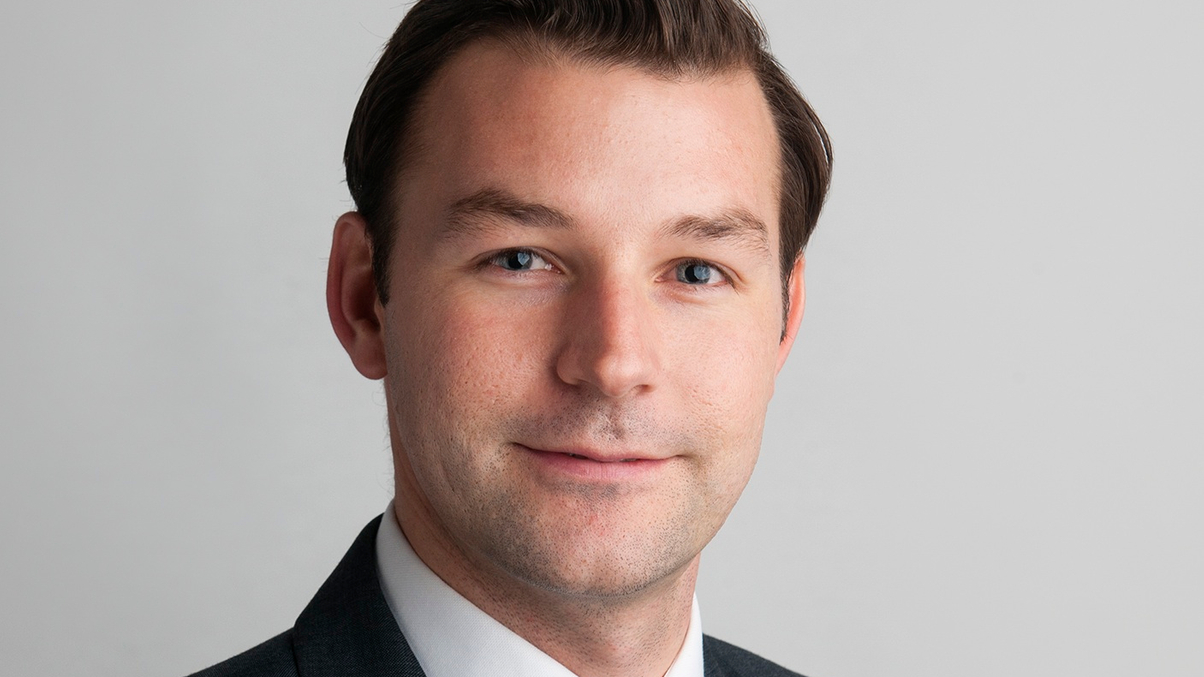The question is liquidity, but what is the answer?
Investors have come to appreciate the liquidity role that investments play in portfolios, reflecting an industry bifurcation in alternative asset allocation, an AsianInvestor forum hears.

The world has seen a bifurcation in alternative asset allocations as investors have redefined what liquidity means to them following the global financial crisis, an AsianInvestor forum heard.
Sign In to Your Account
Access Exclusive AsianInvestor Content!
Please sign in to your subscription to unlock full access to our premium AI resources.
Free Registration & 7-Day Trial
Register now to enjoy a 7-day free trial—no registration fees required. Click the link to get started.
Note: This free trial is a one-time offer.
¬ Haymarket Media Limited. All rights reserved.


